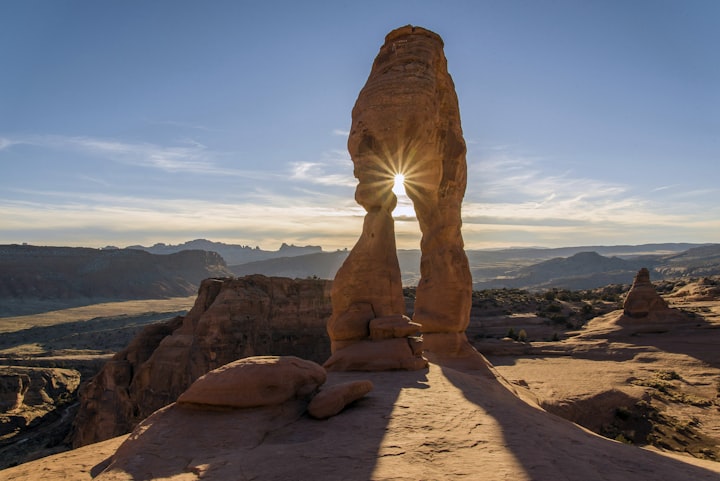
As the days become longer and the sun reaches its zenith (it's highest point), people around the world may gather in celebration of the summer solstice. Known for being the longest day of the year, this astronomical event holds immense significance in various cultures and throughout history.
The summer solstice marks the exact moment when the sun is at its highest point in the sky, resulting in the longest daylight period of the year. This phenomenon occurs when the Earth's axial tilt reaches its maximum inclination towards the sun. Typically occurring between the 20th and 22nd of June in the Northern Hemisphere, and December 20th and 23rd in the Southern Hemisphere, the summer solstice signifies the onset of either summer or winter seasons, respectively.
Stonehenge: Mystical Alignments
One of the most iconic symbols of the summer solstice is Stonehenge, a prehistoric monument in England (I knew niether that Stonehenge was in England or that it had anything to do with the Summer Solstice). Constructed over 4,500 years ago, the ancient stone circle is aligned with the sunrise on the summer solstice. It is believed to have served as a ceremonial site, where ancient people celebrated the sun's annual journey.
Midsummer Festivals: Pagan Traditions
The summer solstice holds deep-rooted ties to pagan traditions, particularly across areas of Europe. Midsummer festivals, such as Sweden's Midsommar and Lithuania's Joninės, involve bonfires, feasts, dancing, and floral wreaths. These customs reflect the joyous celebration of nature's bounty and the triumph of light over darkness.
For more about Sweden's Midsommar:
For more about Lithuania's Joninės:
Scandinavia's Midnight Sun
In the lands of the midnight sun, such as Norway and Iceland, the summer solstice takes on a unique character. As the sun never fully sets, locals partake in midnight sun concerts, hikes and communal gatherings, reveling in the perpetual daylight and the vibrant energy it brings.
"The phenomenon has at least made a lasting impression on several Norwegian artists and writers. This excerpt is from Knut Hamsun’s Pan (1894): “Night was coming on again; the sun just dipped into the sea and rose again, red, refreshed, as if it had been down to drink. I could feel more strangely on those nights than anyone would believe.'"
Inti Raymi: Incan Sun Festival
The Inca civilization celebrated the winter solstice, known as Inti Raymi, in the Southern Hemisphere. Honoring the sun god, Inti, this ancient festival involved colorful processions, music, dance and offerings to ensure a fruitful harvest season.
The Modern-day Solstice at Stonehenge
Thousands of people flock to Stonehenge each year to witness the summer solstice sunrise. Revelers gather to welcome the dawn, marking the commencement of a new season. Music, rituals, and a sense of collective celebration create an unforgettable experience.

"Stonehenge is perhaps the world’s most famous prehistoric monument. It was built in several stages: the first monument was an early henge monument, built about 5,000 years ago, and the unique stone circle was erected in the late Neolithic period about 2500 BC. In the early Bronze Age many burial mounds were built nearby."
For more on the History of Stonehenge, follow the link to their official website:
Festivals and Cultural Events
Across the globe, countless festivals and cultural events take place during the summer solstice. Examples include the Feast of St. John in Spain, Quebec's Fête Nationale, and the Burning Man Festival in the United States. These events blend ancient traditions with modern expressions of art, music, and community.
Feast of St. John:
Quebec's Fête Nationale
Burning Man Festival
The summer solstice, rich in history and accompanied by diverse customs, continuously captivates and inspires people across the globe. Whether you choose to embrace the solstice's ancient traditions or create your own modern celebration, this celestial event offers an opportunity to connect with nature, celebrate life, and bask in the warmth of the sun's energy. As the solstice approaches, let's welcome the radiant summer season with open hearts.
About the Creator
Anne
blogger, content creator and mama
find me on socials: @paranneting @anamesa_anne
zillenial






Comments
There are no comments for this story
Be the first to respond and start the conversation.